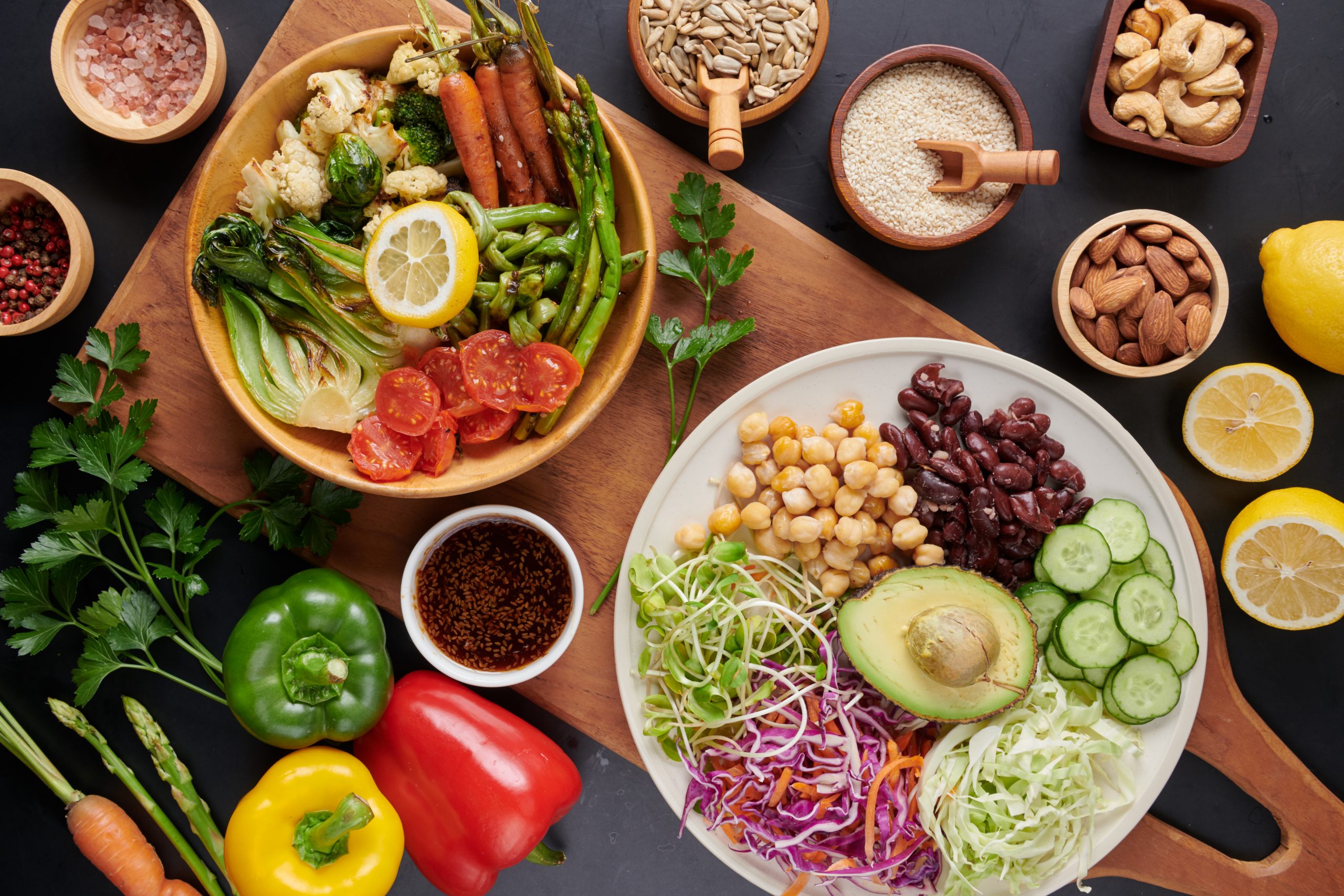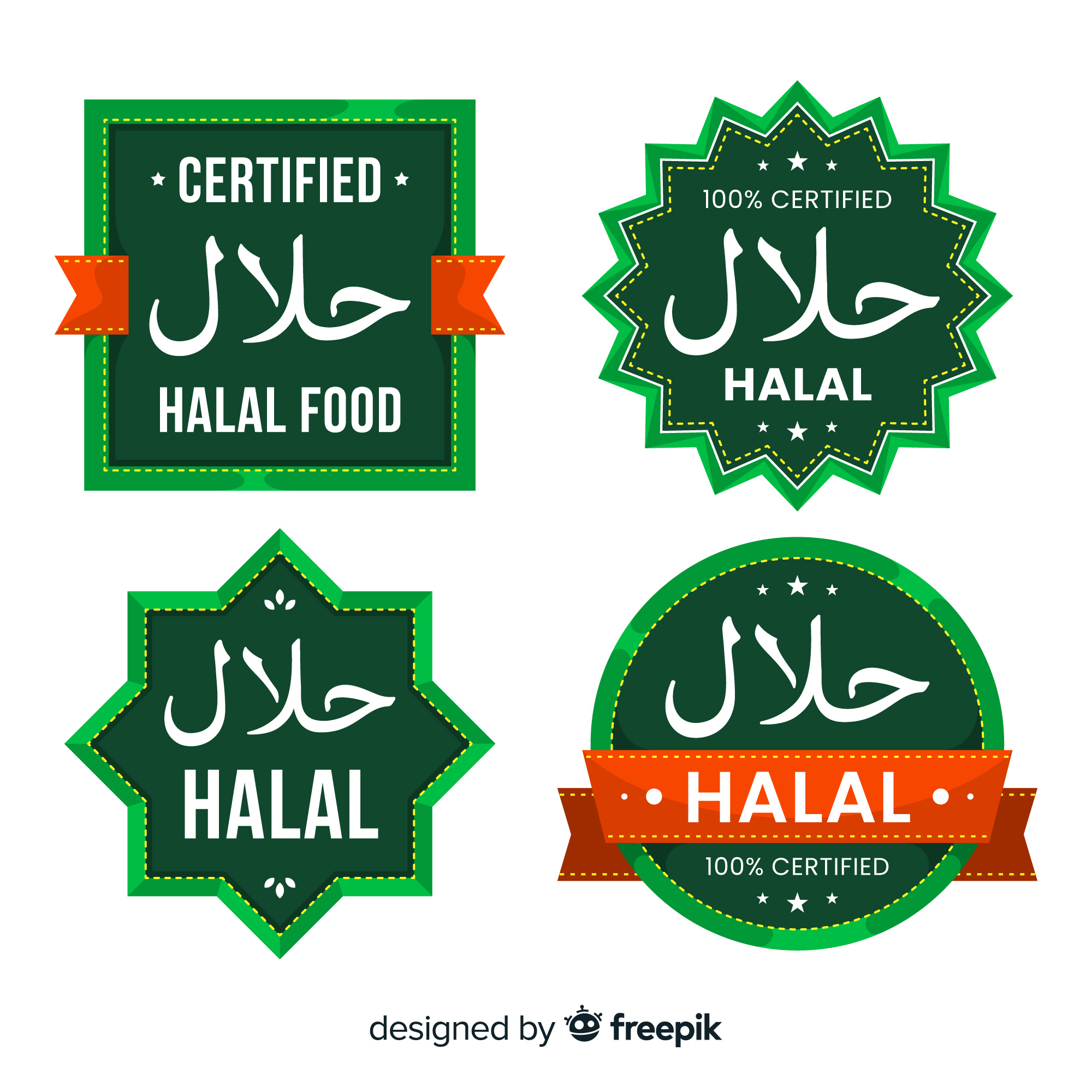Your client may be on a special diet. Clients may require special diets as part of their treatment for such conditions as heart disease, allergies, and diabetes or after surgery. Ask your client to explain their diet to you and provide you with a diet sheet if possible. These definitions may help you to understand the different types of diets more fully.

Specialized Diets
Full Diet
Also known as a regular diet, this is a normal, well-balanced diet that follows Canada’s Food Guide.
Diet as Tolerated
The client is allowed to eat as much of a normal diet as possible.
Clear Liquid
This is for clients with acute nausea and vomiting. It includes water, tea, apple juice, black coffee, clear broth, and other clear fluids.
Full Liquid
This is for clients graduating from a clear liquid diet or with sensitive digestion or difficulty chewing. It includes all liquids including strained soups, milk, ice cream, and other non-clear liquids.
Light Diet
This is a normal diet that leaves out foods that may be hard to digest or gas producing. In many ways, it is similar to children’s food such as nourishing soups, simple desserts, mild vegetables and easily digested meats. No fried or seedy, rough foods.
Soft Diet
This is similar to light diet except a little more restricted. Fruits, vegetables, and cooked cereals should be sieved if not smooth.
Reducing Diet
Reducing diets are expressed in calories (e.g. 1000 calories per day). A sheet explaining calorie values is needed.
Low Residue or Roughage Diet
This diet leaves a minimum of bulk in the intestinal tract. Avoid raw fruits and vegetables, fried foods, bran and whole grain foods and carbonated beverages. Spicy foods should not be eaten. Care should be taken not to exceed the milk allowance. A diet sheet explaining this in detail is needed.
Ulcer or Gastric Diet
These are smooth, bland, non-irritating diets. Avoid strong flavored, spicy and fried foods, as well as foods with coarse fibers such as seeds, skins or bran. Milk and milk products should be encouraged as much as possible. A diet sheet explaining this in detail is needed.
Diabetic Diet
It is important that diabetics eat the same amount of food each day and are aware of how many calories are being eaten. Diabetics should avoid the use of pure sugar or sweet foods. They are usually given a “meal plan” outline with “exchange” lists to follow.
Mild diabetic diet
The client may have been told by the doctor to avoid sugar and sweet foods.
Salt/sodium Restricted Diets
- Low salt or no added salt: This means that the intake of salt is reduced moderately. Salty foods such as salted crackers, bacon, canned or cured meats, consommé, OXO, Bovril, dry soup mixes, pickles, relishes and salted nuts should be avoided. A little salt may be used in the cooking of food. Salt should not be added to the food when eating.
- Salt-free or low sodium: In this diet salt is more restricted than in the no added salt diet. A special diet sheet is needed because these diets vary. For example, sometimes salt-free bread and butter should be used. You may see the amount of salt or sodium allowed at the top of the diet sheet: it may say 1,000 mgs for instance. If you follow the diet sheet, the salt will be within the amount prescribed.
Low Fat Diet
The amount of fat-restricted varies and for this reason, a diet sheet is needed. Lean meats, poultry, pasta, bread, cereals, vegetables, skim milk and other low-fat or fat-free foods are recommended. Generally, fried and gas-producing foods such as cabbage and Brussel sprouts should be avoided. Avoid spicy foods, cream, butter, and margarine.
Low Cholesterol Diet
Cholesterol is a substance found in animal fat. Lean meat, skim milk and margarine should be used. A diet sheet is needed.
High Protein
The High Protein Diet is for clients needing protein for tissue growth. Foods include meat, fish, eggs, and dairy products.

General Meal Prep
Clients should be encouraged to purchase, plan and prepare appropriate meals for themselves if they are able, as well as to eat on a regular basis. Sometimes, however, it is necessary for you to assist with or do these tasks for them. Your supervisor must authorize this assistance.
Special Information about Religious-Based Diets
Jewish Clients
- Make sure to ask which dishes and utensils are used for dairy and which are used for meat and where they are kept.
- Use any cutlery or dishes of a client who keeps a kosher home, to eat prepare or warm food of your own
- If the client keeps a kosher home, do not mix meat and dairy foods or utensils while cooking or cleaning. These types of foods and the utensils to eat them with are kept separately at all times.
Kosher Foods
Meat
Kosher meat may be purchased in the kosher meat department of large supermarkets or in a kosher butcher shop. Meat that is considered kosher means that the animal has to be slaughtered according to religious customs. In a kosher home, meat is never mixed with dairy. Only the meat of certain animals and birds is kosher. These meats come from any animal that chews its cud and has split hooves such as cows, goats, and sheep. The hind part of any animal is not kosher.
Fowl
All birds that are domesticated such as chickens, ducks, geese, pigeon, squabs, and turkeys may be kosher.
Fish
Only fish that have fins and scales before cleaning are considered kosher. Shellfish such as lobster, oysters, crab, clams, mussels, shrimp, etc. are not kosher.
Dairy
Dairy foods such as milk, cheese butter, sour cream, yogurts and fresh cream must be kept separately from meat products at all times.
This means that dairy and meat products must not be eaten or cooked together. Therefore, different utensils, pots, dishes, and cutlery must be used. These dishes, pots, and utensils must also be stored and washed separately using separate washing implements and dishtowels.
Fruits and Vegetables
All fruits and vegetables are kosher.
Shopping/Errands (If a client keeps a Kosher home)
DO:
- Ask where kosher products can be purchased. Kosher products are often shelved separately at large supermarkets for convenience.
- Ask if there is a kosher meat section at the supermarket. If there is not, ask the client where they prefer to buy their meat.
- If you are ever in doubt as to whether or not a particular item is kosher, ask your client, or the store manager.
- Shop for pork, shellfish or any other meat that is not kosher if the client keeps a kosher home.
Prepared Foods:
Prepared and packaged foods such as soups, cookies, crackers, etc. may contain ingredients such as lard, beef tallow, and gelatin. These ingredients are not kosher; therefore it is important to check the ingredients before buying. One way to make sure that these prepared foods are absolutely kosher is to buy foods that have marked on their packaging one of the following:
- COR plus a number – packaged in Canada
- U in a Circle – packaged in the United States
- MK or Halav Israel – packaged in United Kingdom (England)

Muslim Clients
- Make sure to use the appropriate Halal meats for each meal preparation.
- Make sure to not serve pork to any of the Muslim clients
- Assume foods are Halal; it must meet the Halal standards.
Halal Foods
Meat
Halal meat may be purchased in certain Halal meat departments or butcher shops. Meat that is considered Halal must have followed the Halal requirements. Pork is NOT considered a Halal meat and must never be served in meal preparations for Muslim clients.
Fish
All fish are Halal with the exception of the fish that dies naturally in the sea.
Dairy
Dairy foods such as milk are Halal. However, other dairy products that include gelatin such as cheese and yogurt may not be Halal. Muslims are not to consume gelatin as it derives from animals. The only gelatin products that Muslims can consume are if it came from animals that have met the Halal requirements when being slaughtered. These products can be bought in Halal meat department or butcher shops.
Fruits and Vegetables
All fruits and vegetables are Halal.
DO:
- Ask where Halal products can be purchased. Halal products are often shelved separately at large supermarkets for convenience.
- Ask if there is a Halal meat section at the supermarket. If there is not, ask the client where they prefer to buy their meat.
- If you are ever in doubt as to whether or not a particular item is Halal, ask your client, or the store manager.
- Shop for pork or any other meat and products that are not Halal if the client is Muslim.
Prepared Foods:
Prepared and packaged foods as soups, cookies, crackers, yogurts, etc. may contain ingredients such as pork, and gelatin. These ingredients are not Halal; therefore it is important to check the ingredients before buying. One way to make sure that these prepared foods are absolutely Halal is to buy foods that have the Halal markings on it or specialized Halal shops.

Hindu Clients
- A lactovegetarian diet is followed by many Hindus – no meat, poultry or fish, no eggs, but milk products are allowed and encouraged.
- Do not serve beef, poultry, eggs, and fish of any kind
- Beef is especially prohibited, as the cow is considered sacred
Meat
Hindus rarely eat meat; they follow more of a vegetarian diet. Refrain from using beef in their diets as the cow is considered a sacred animal in the Hindu culture. Other restricted animal products include poultry (including eggs).
Fish
Hindus do not eat fish of any kind. Refrain from using fish products in meal preparations.
Dairy
Generally, all dairy products can be used in Hindu meal preparations. Refrain from using eggs in meal preparations as they do not consume eggs in their diet as it is considered poultry.
Fruits and Vegetables
All fruits and vegetables can be consumed.
Shopping/Errands
DO:
- Purchase more fruits and vegetable products
- If you are ever in doubt as to whether or not food products are acceptable in the Hindu Dietary Laws please ask your client
- Shop for beef, poultry, fish or eggs if the client practices Hinduism in their homes.
East Asian Clients
- Make sure to ask clients for their preference. In the case that they practice Buddhism ensure a strictly vegetarian diet.
- Use any foods the client is not comfortable with. Ask your client about their dietary preferences.
Shopping/Errands
DO:
- Ensure to purchase food products the client is comfortable with. Generally, East Asian clients do not have any dietary laws or restrictions unless they practice Buddhism. If they do practice Buddhism please ensure a vegetarian diet.
- If you are ever in doubt as to whether foods are appropriate, please ask your client.
- Shop for foods the client is not comfortable with.
